Statistics Assignment: Probability, Z-scores, and Confidence Intervals
VerifiedAdded on 2021/09/08
|6
|829
|75
Homework Assignment
AI Summary
This document presents a comprehensive solution to a practical statistics assignment. The assignment covers a range of statistical concepts, including Z-score calculations, probability distributions, and confidence intervals. Question 1 involves calculating probabilities related to human pregnancy durations using Z-scores. Question 2 focuses on calculating probabilities associated with drive-thru times, again utilizing Z-scores. Question 3 delves into sampling distributions and the central limit theorem. Question 4 provides an Excel-based solution for standard deviation calculations. Question 5 analyzes weight data, computing probabilities of overloading based on the central limit theorem. Finally, Question 6 addresses confidence intervals, validating a reported value within a calculated 95% confidence interval. The solutions demonstrate a solid understanding of statistical principles and their application to real-world scenarios.
1 out of 6
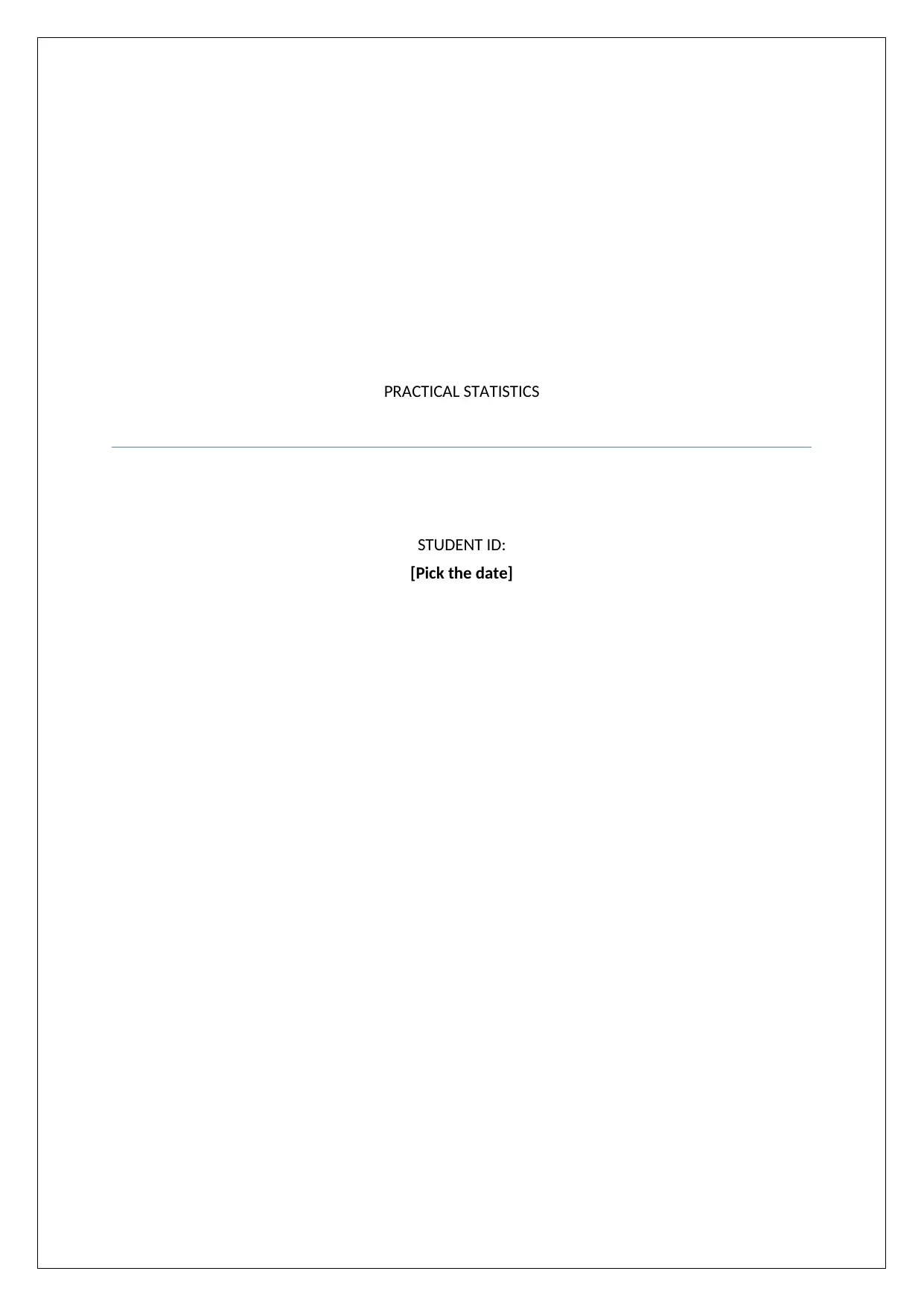
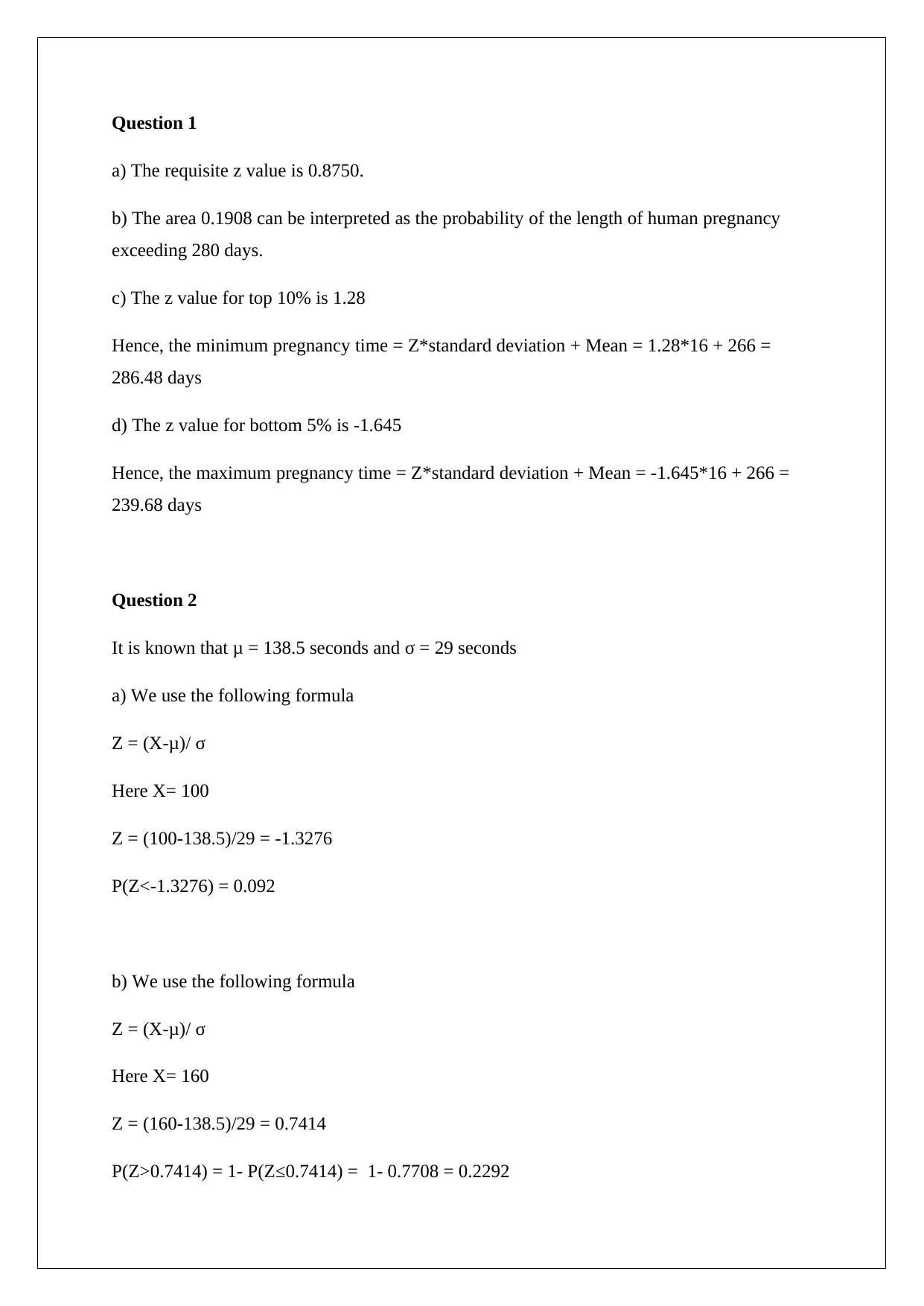
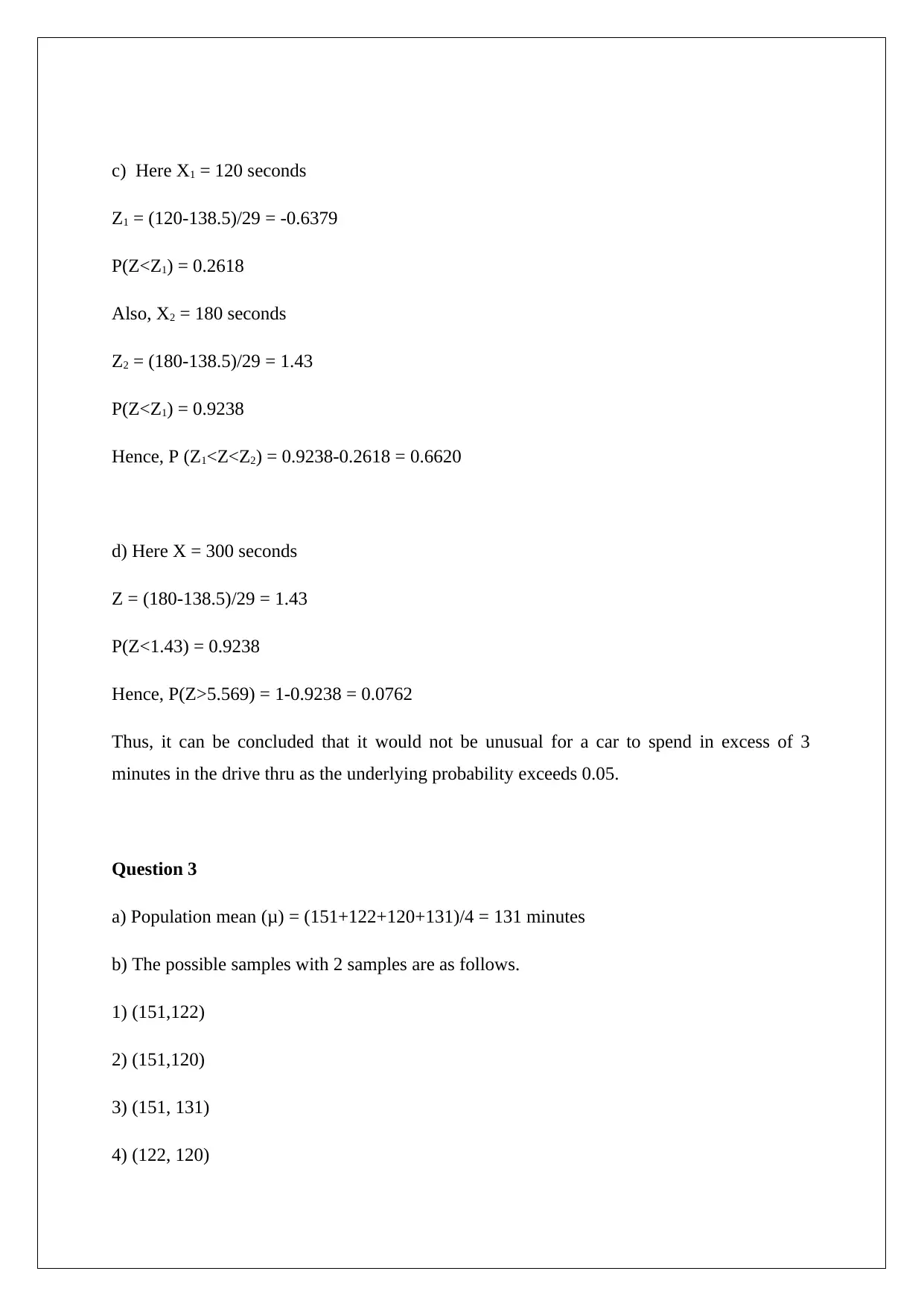

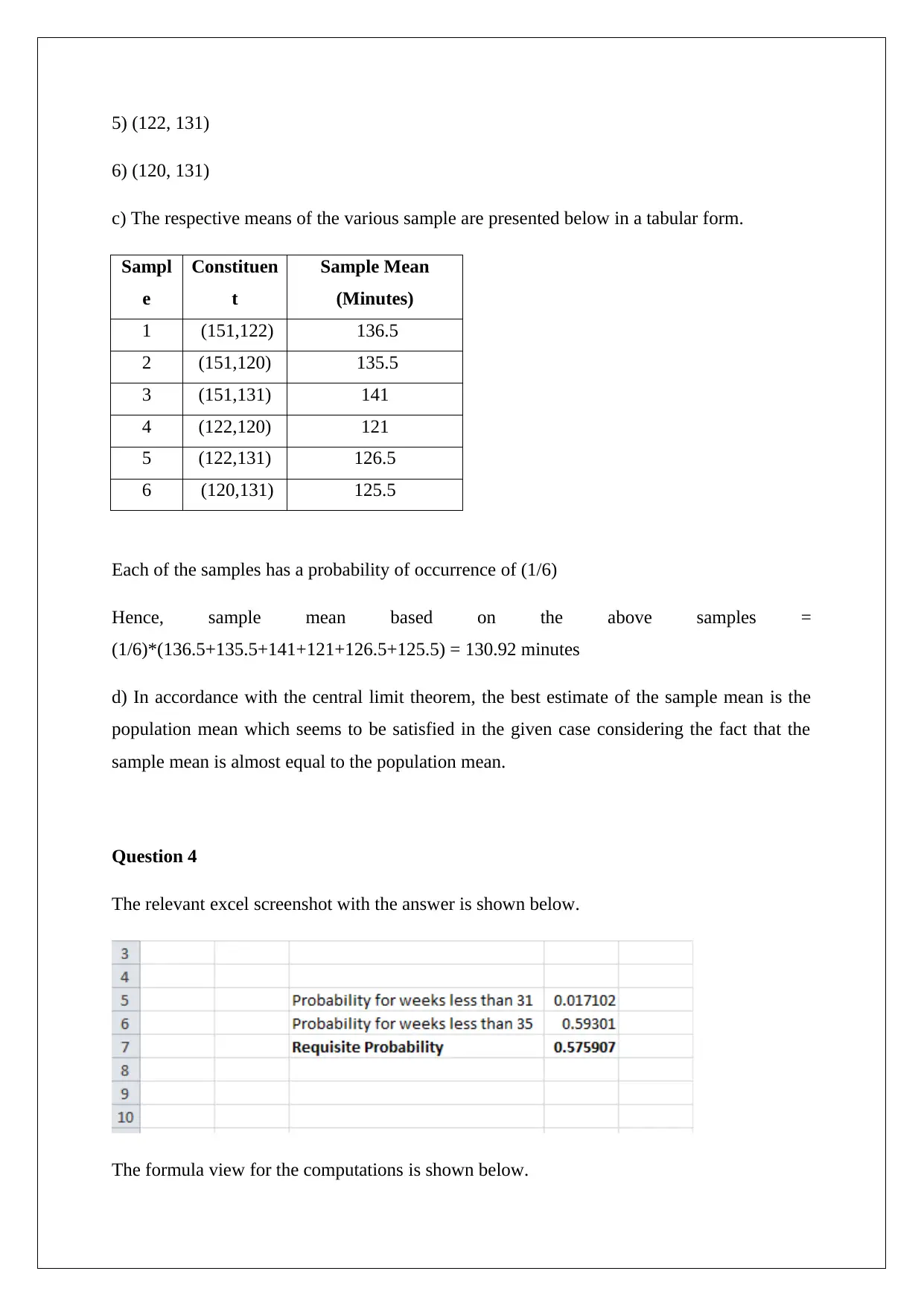
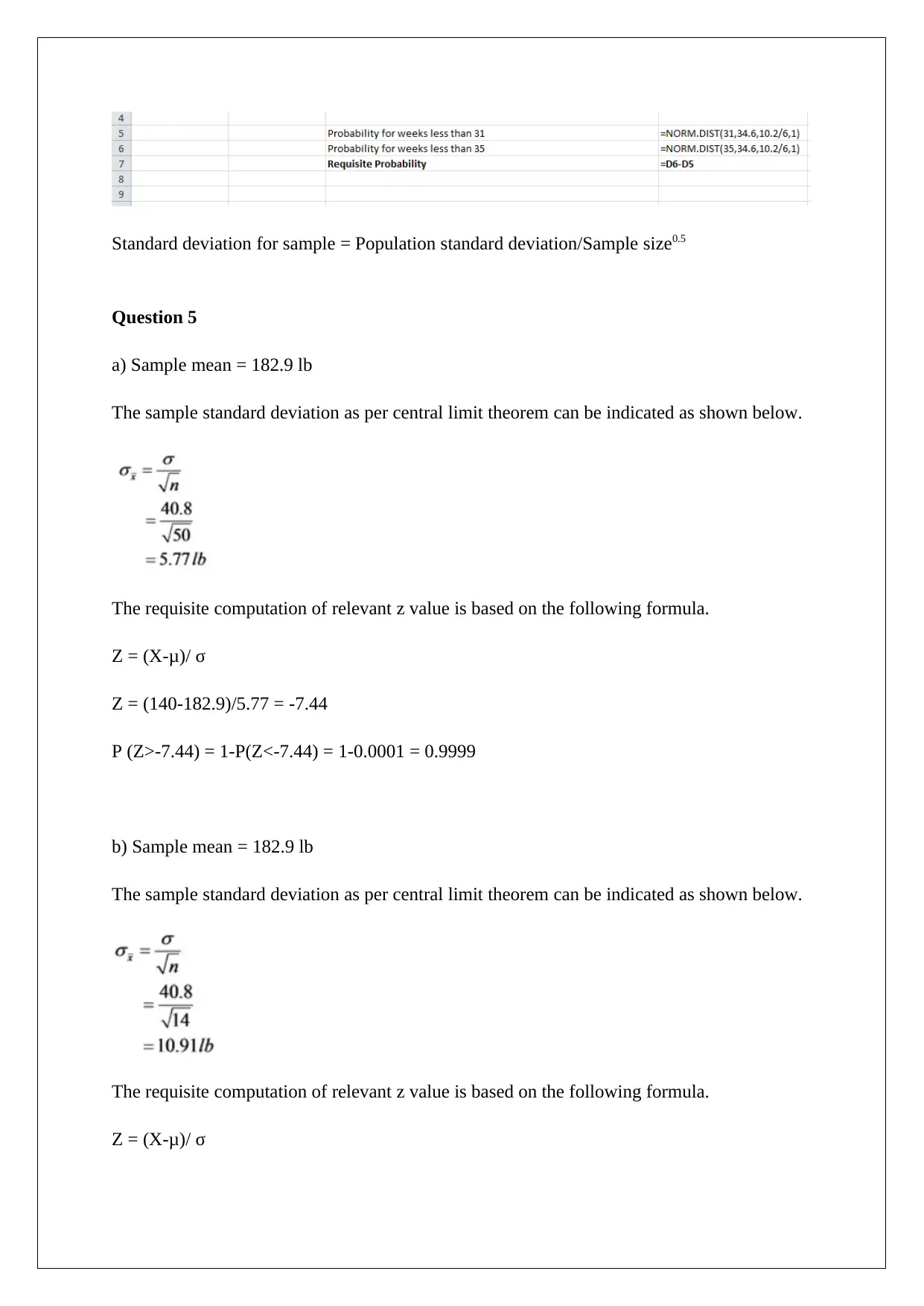
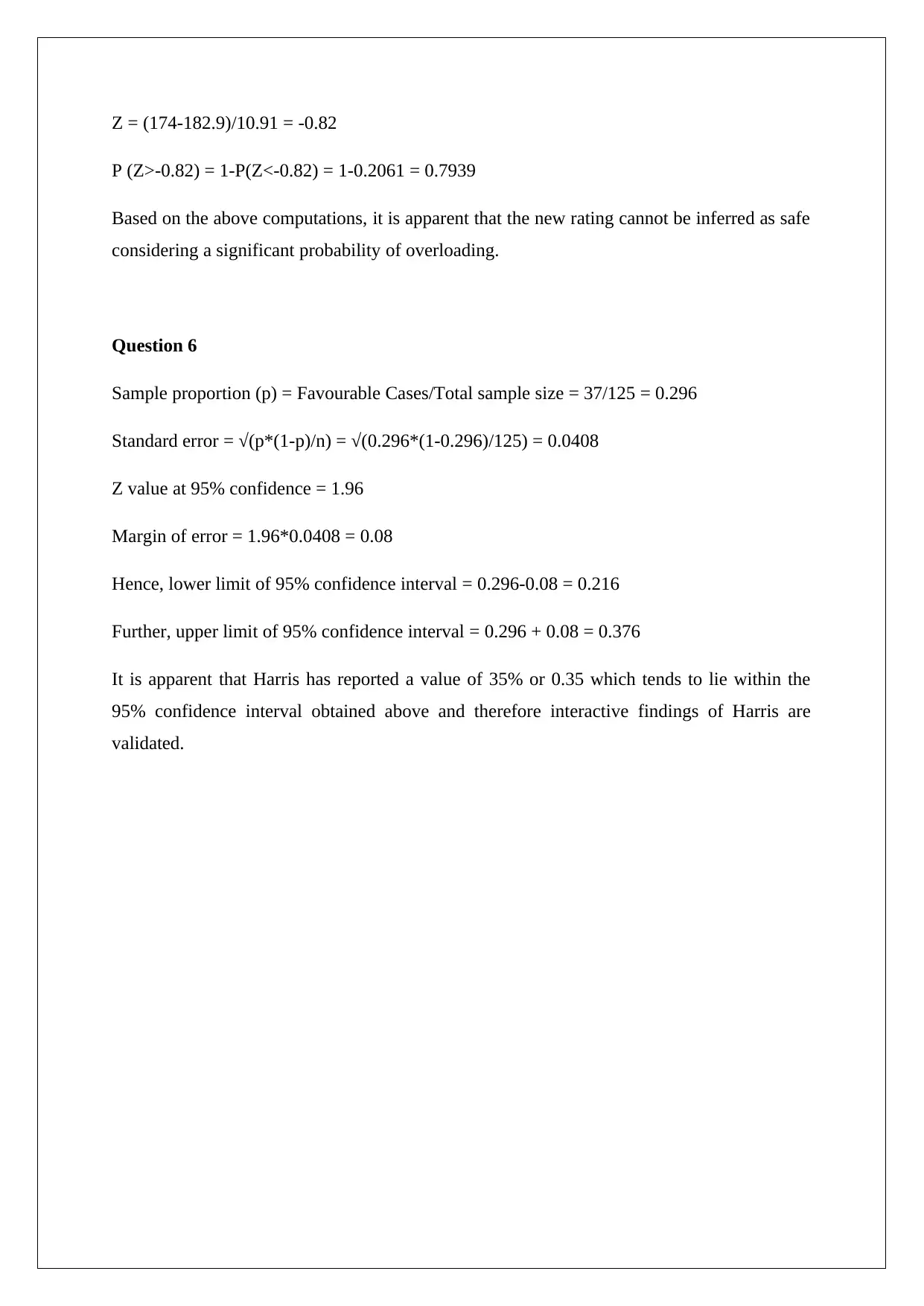

![[object Object]](/_next/static/media/star-bottom.7253800d.svg)